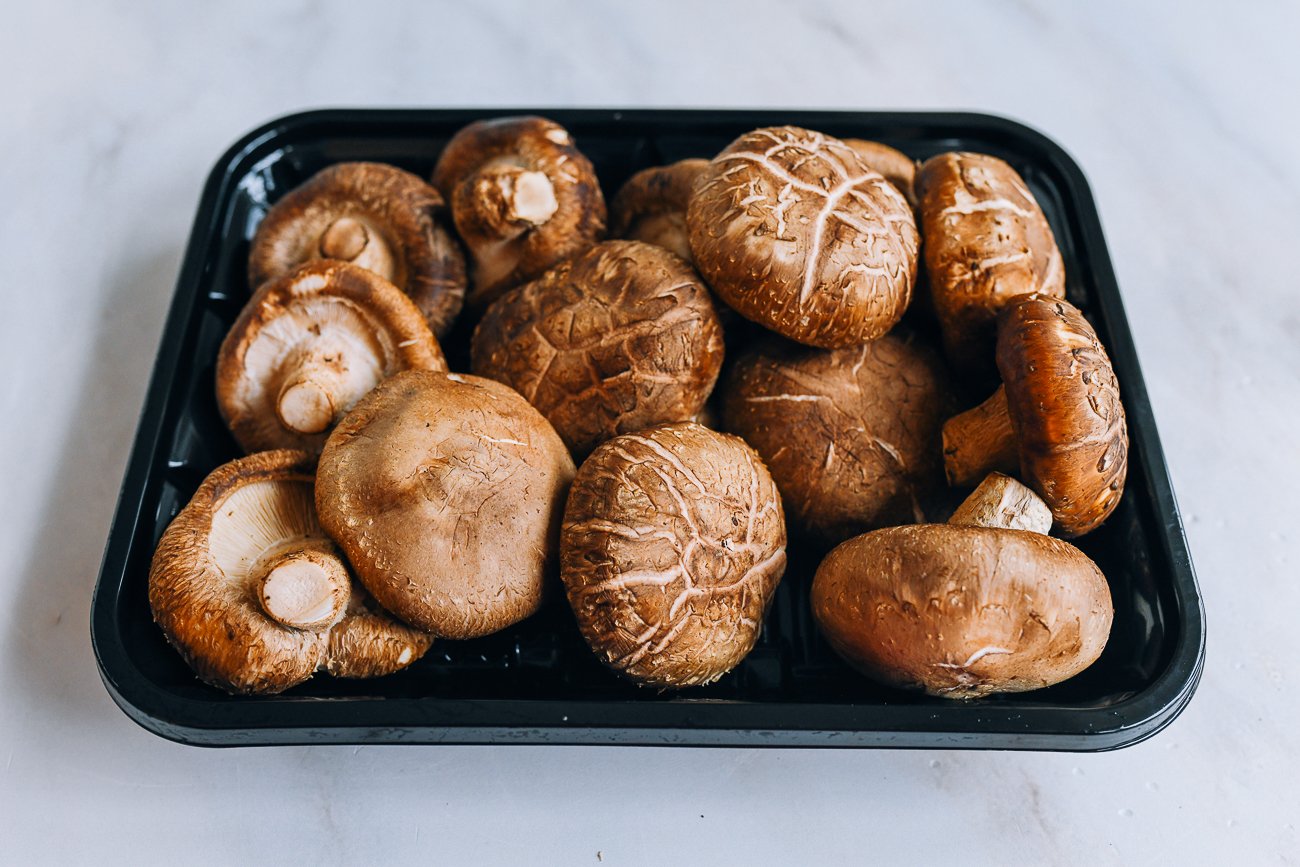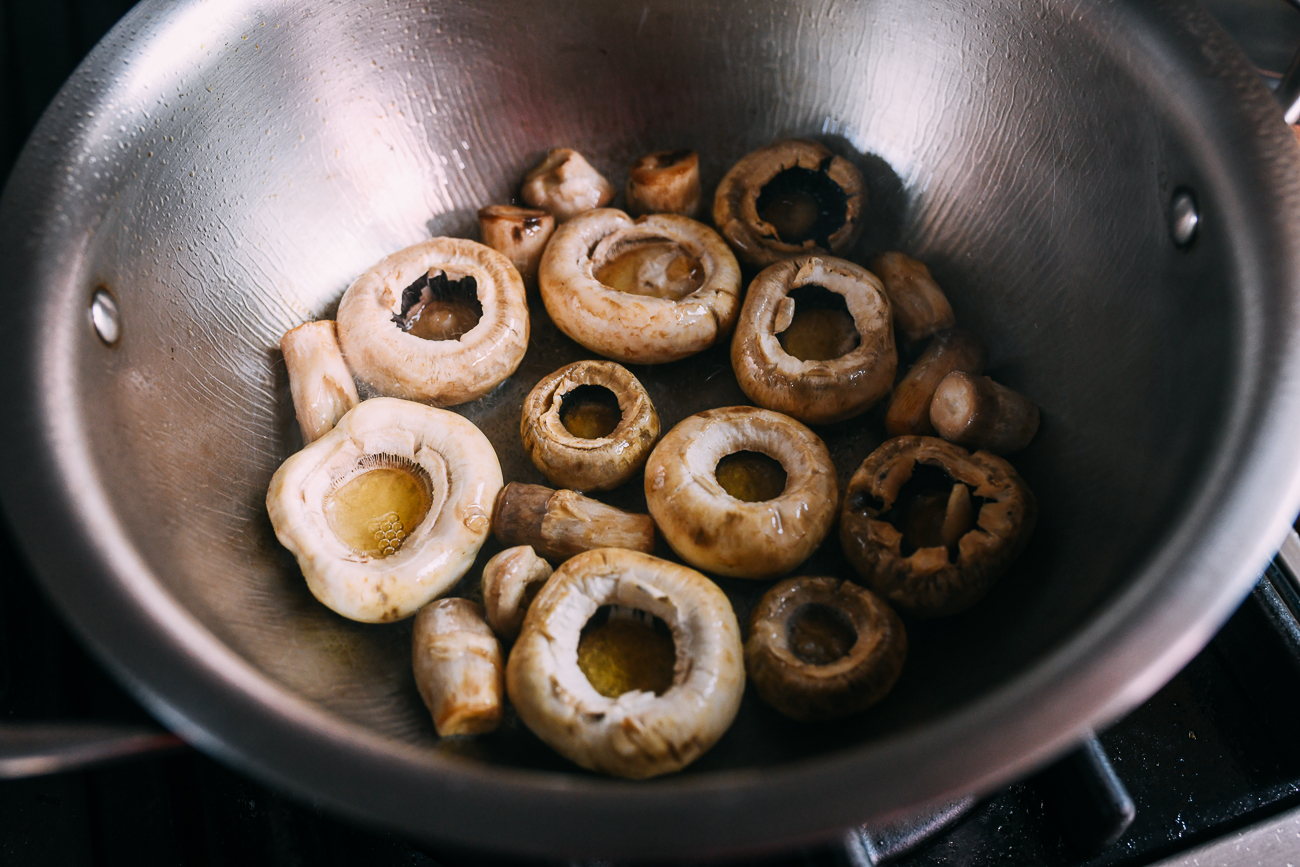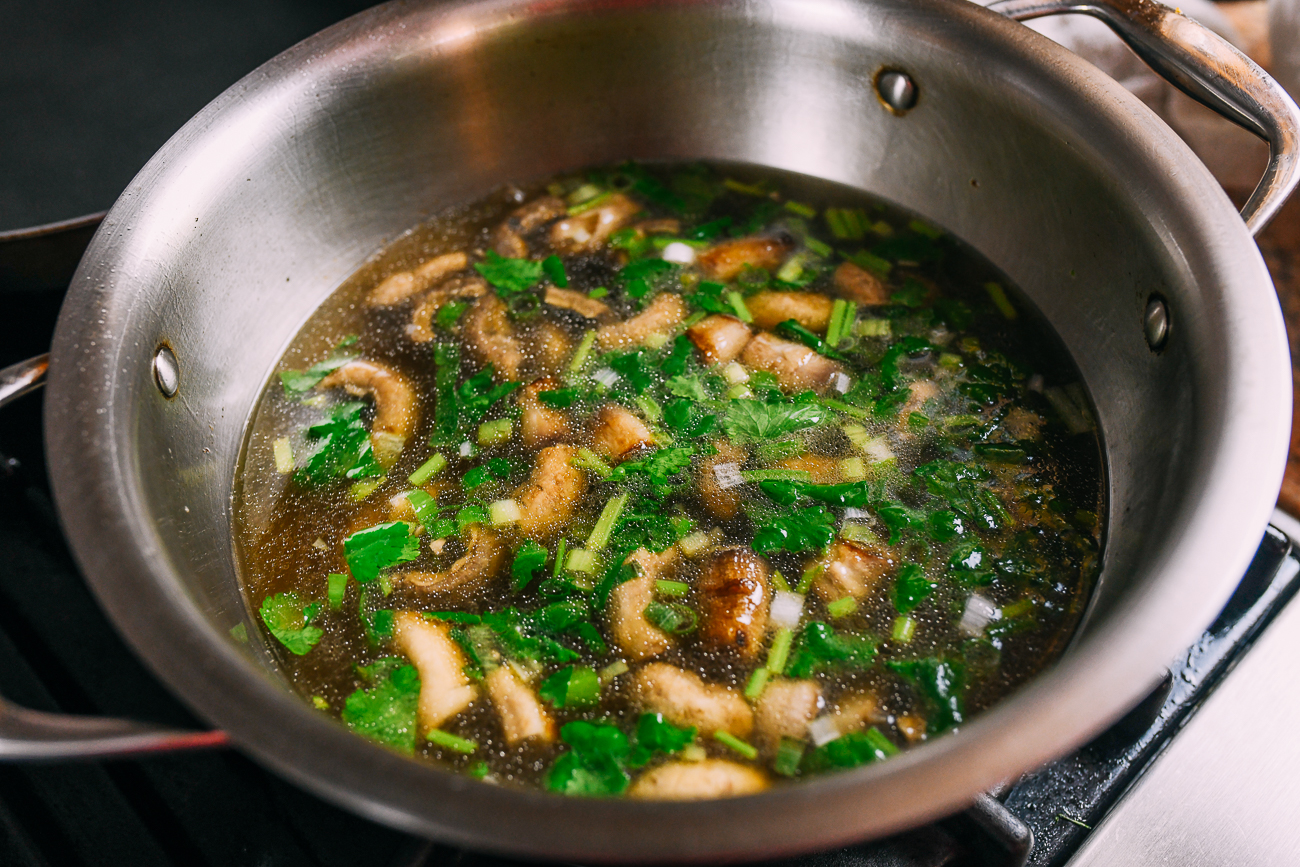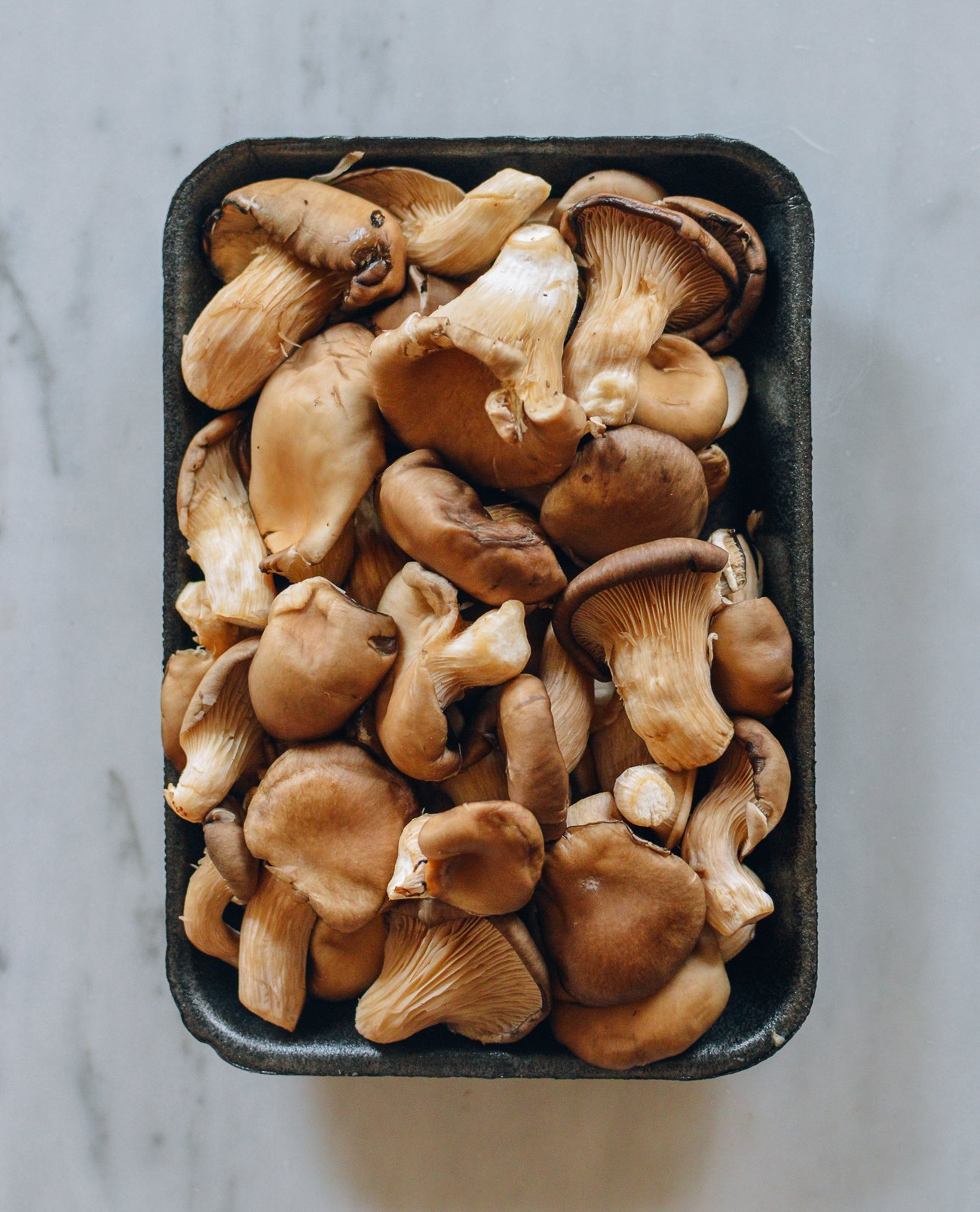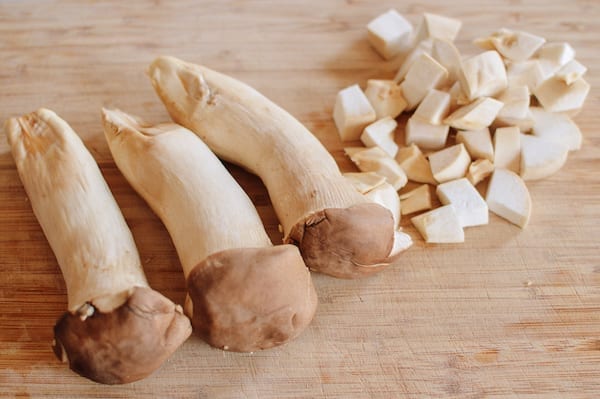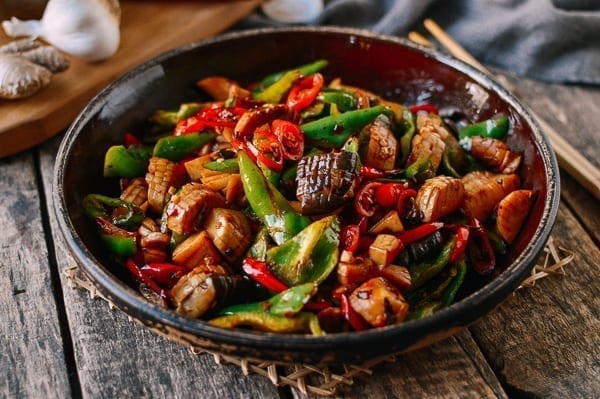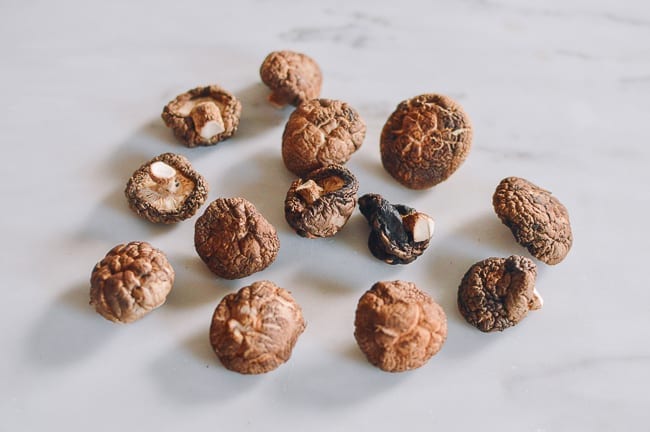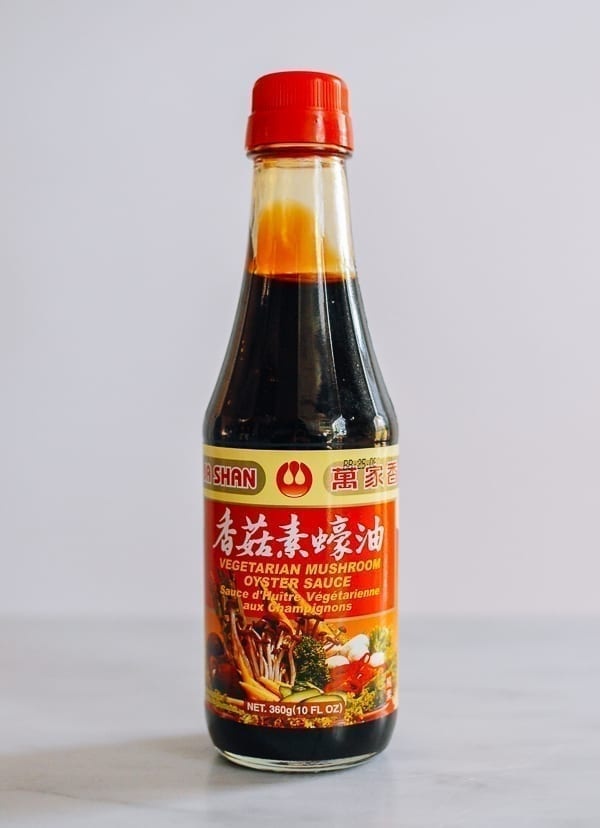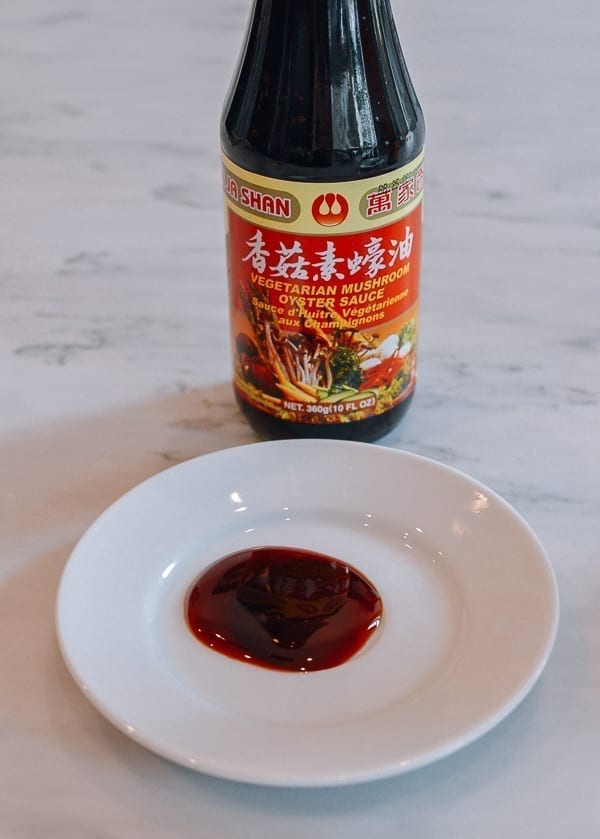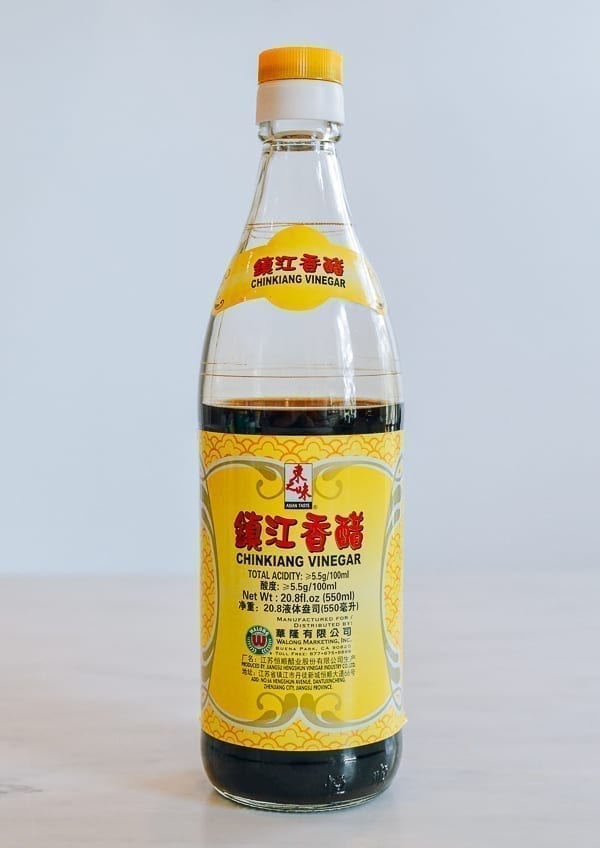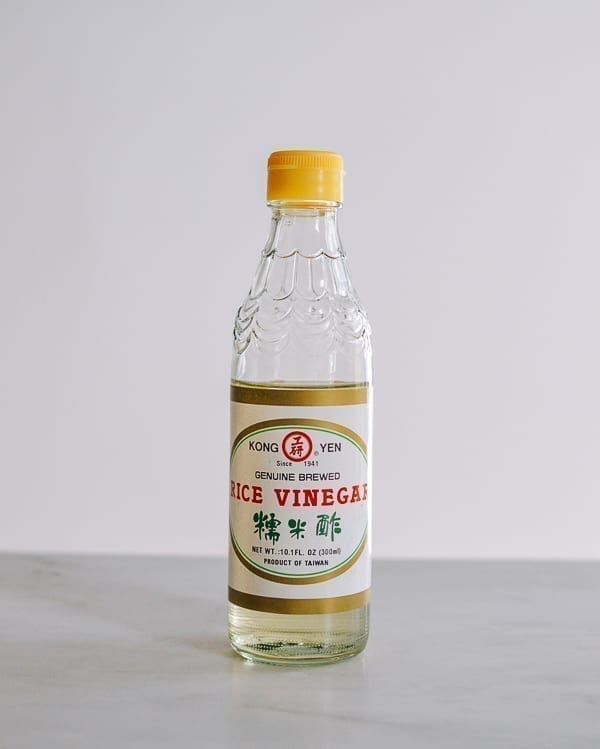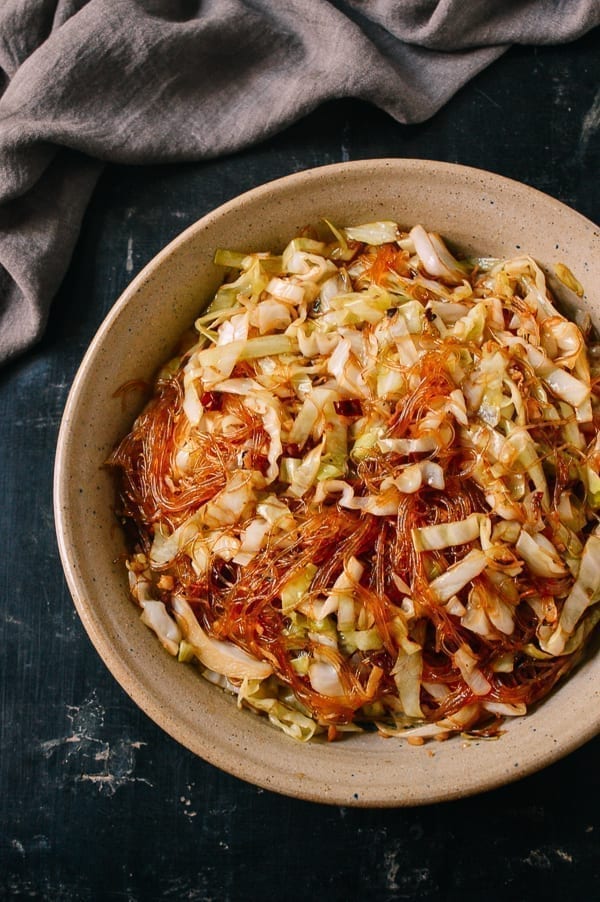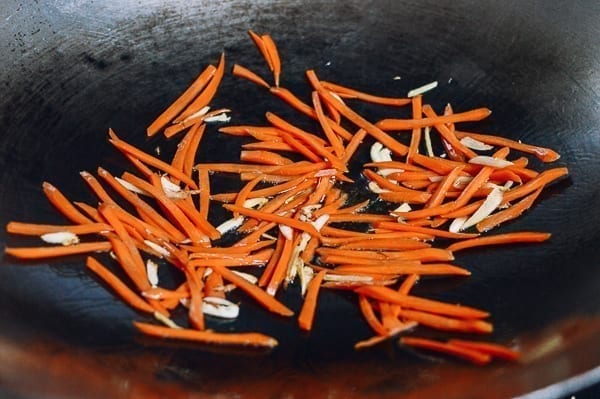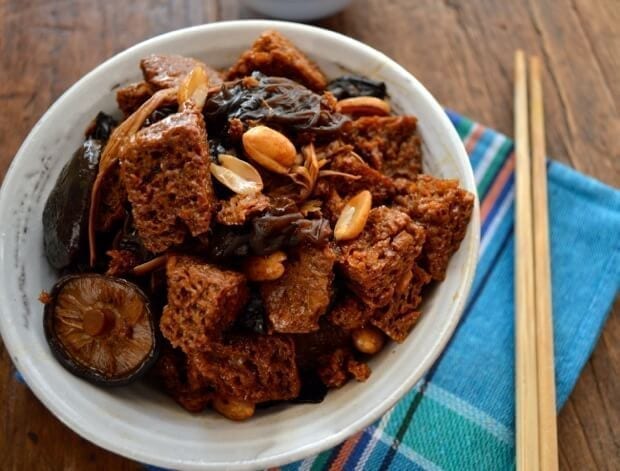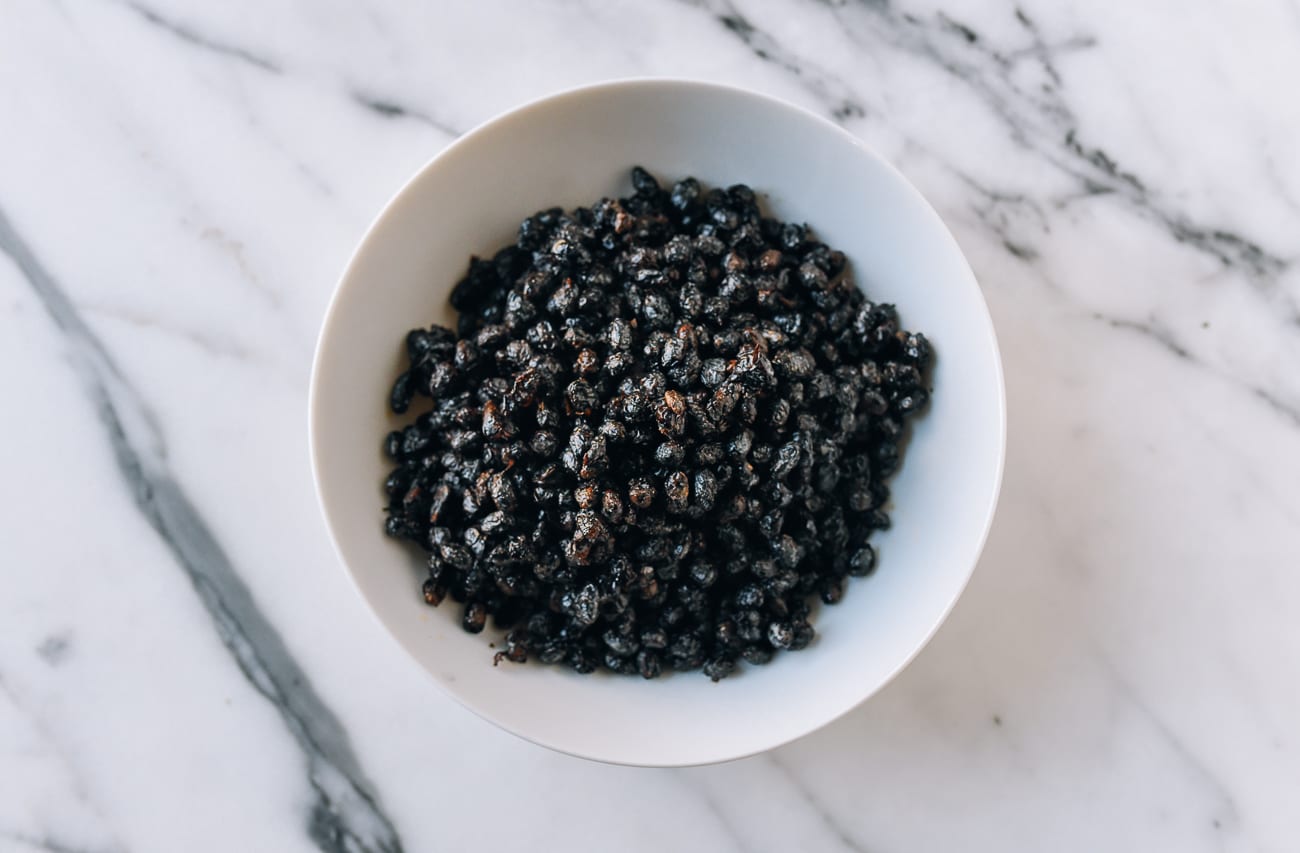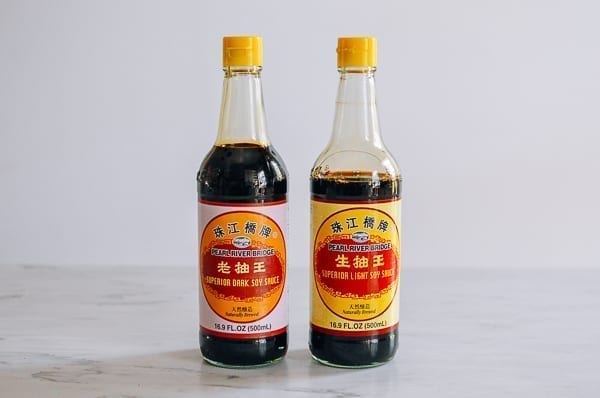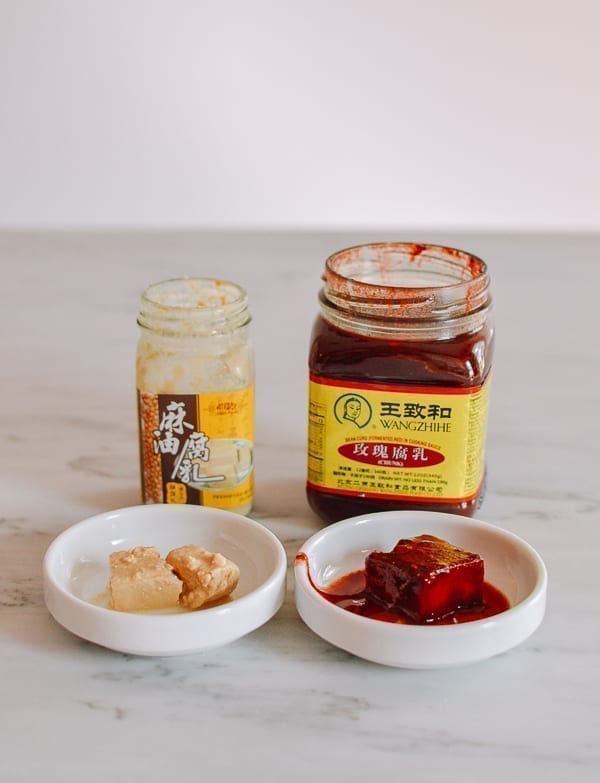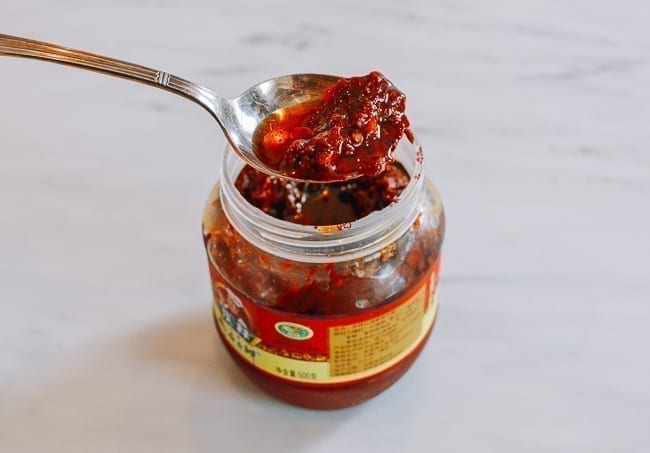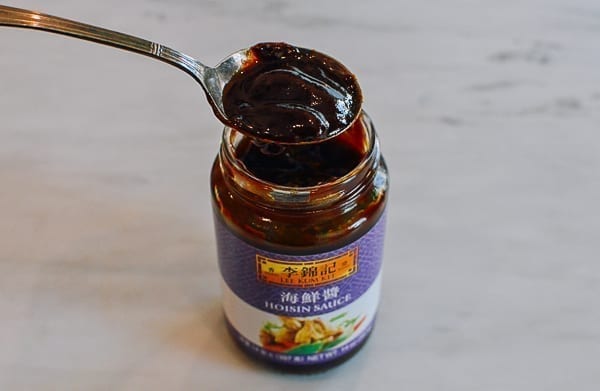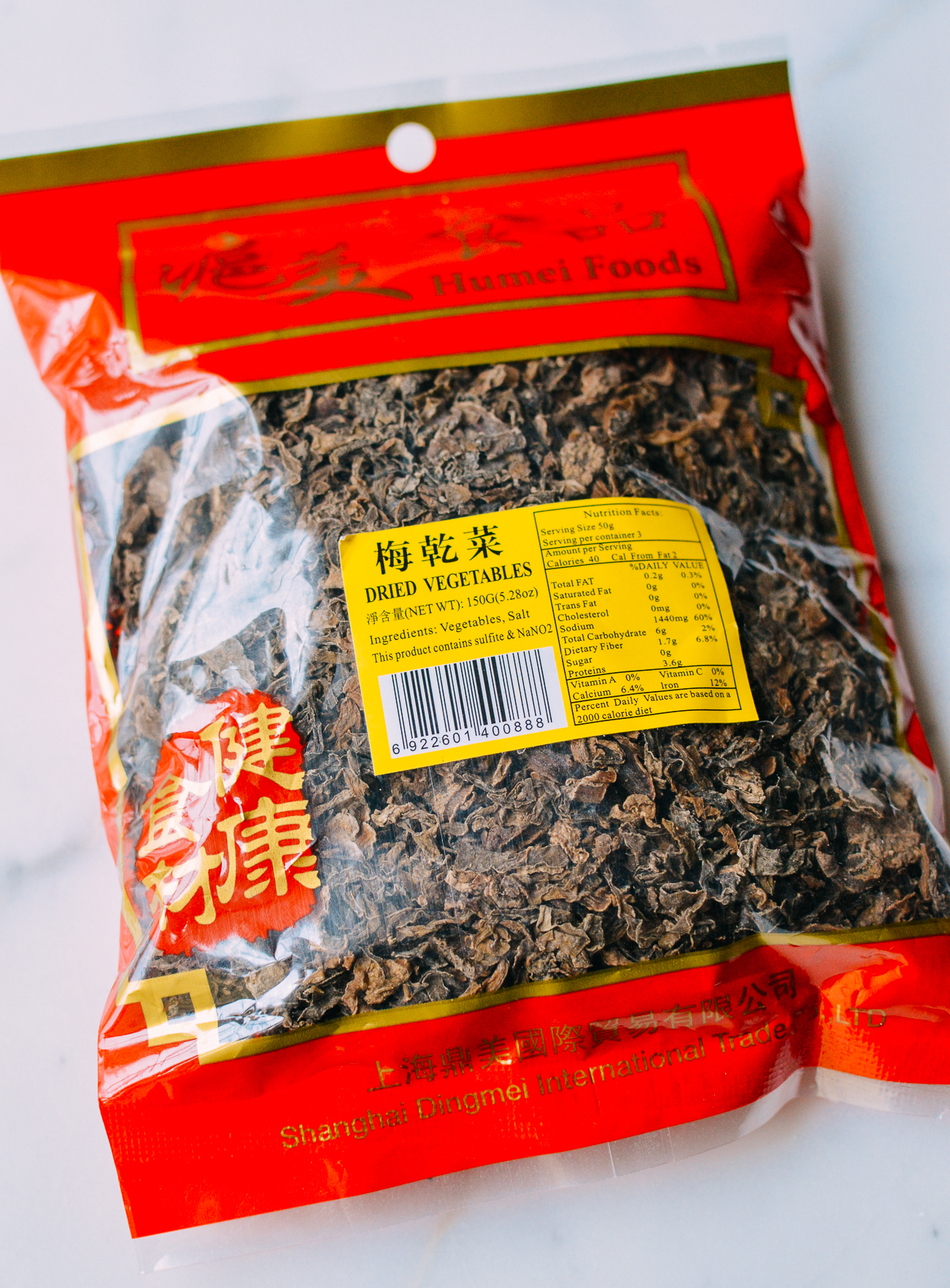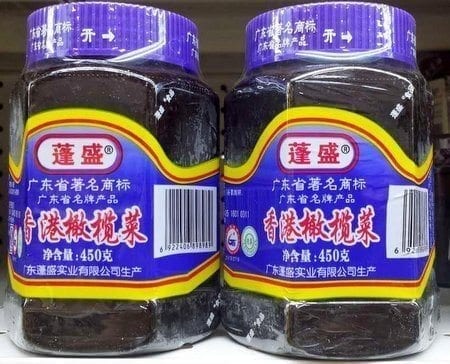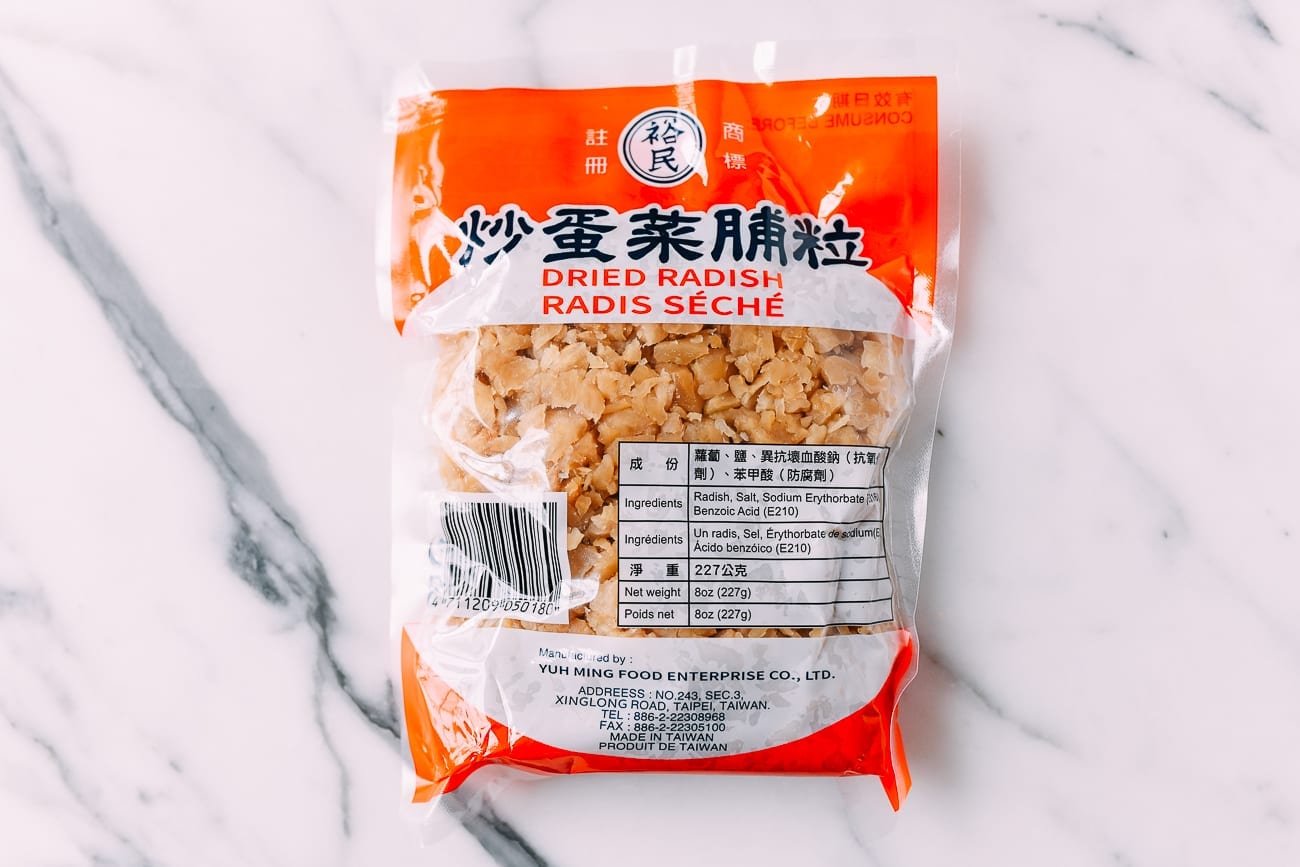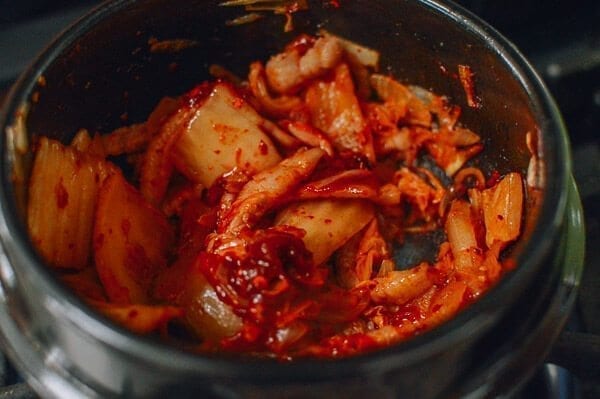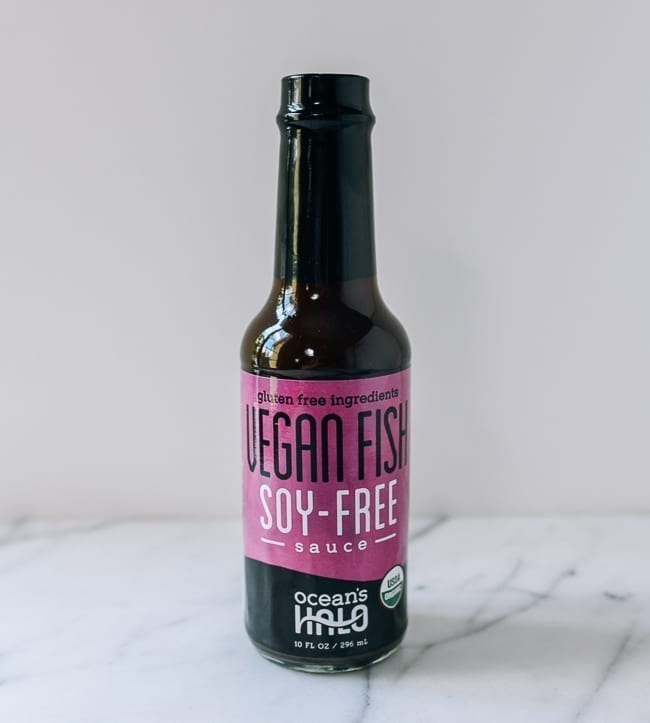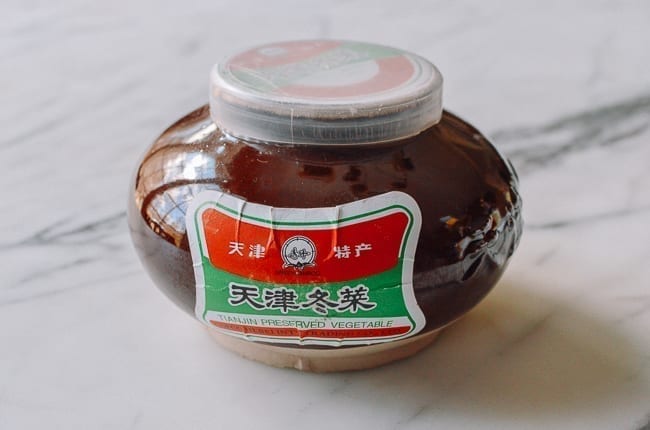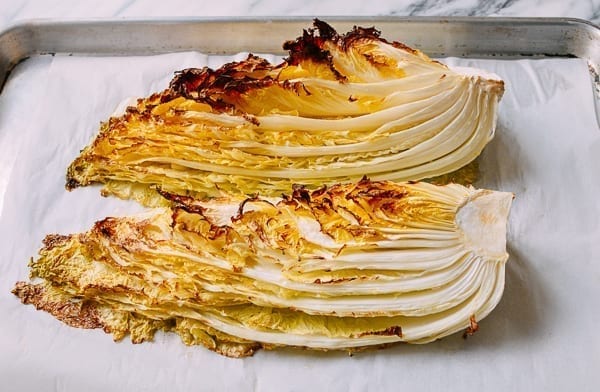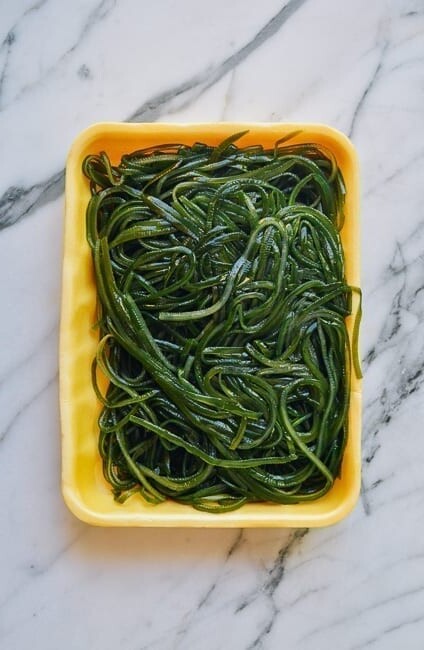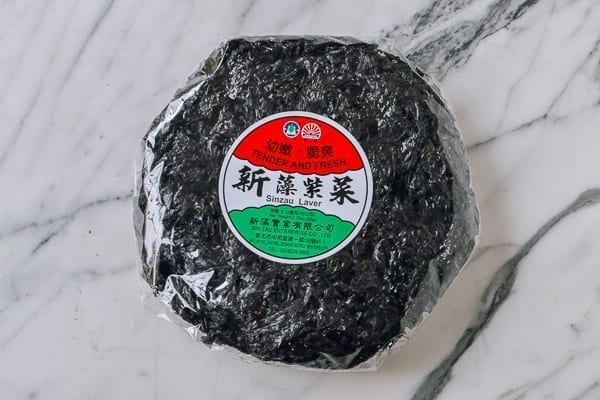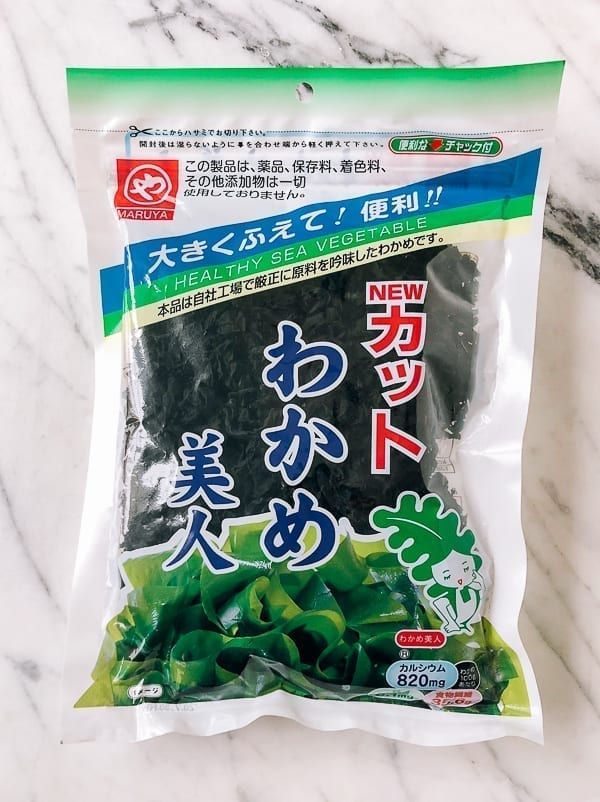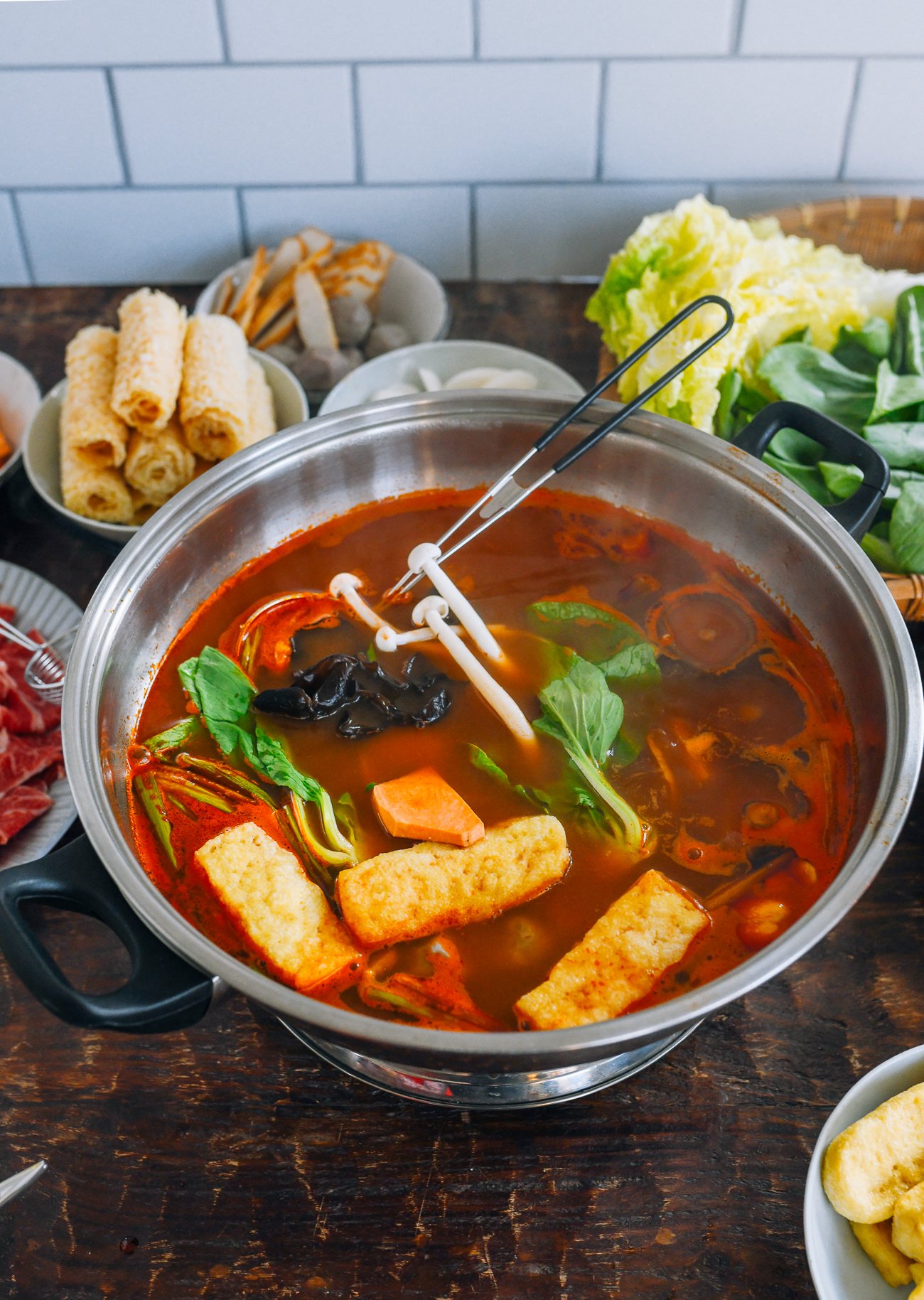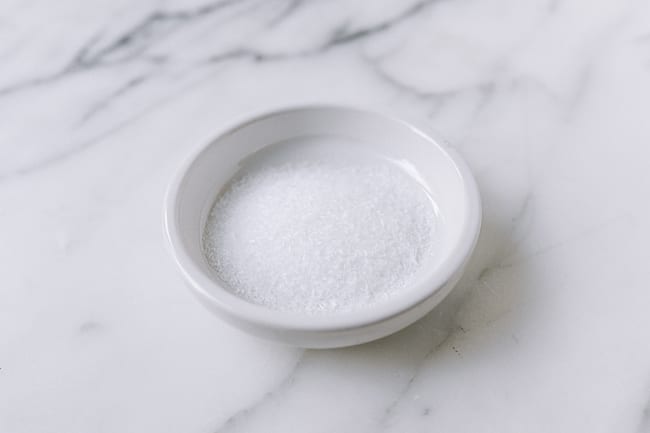In this post, we’ll talk about some key plant-based sources of umami that we use in vegan and vegetarian Chinese dishes every day.
What Is Umami?
If we have four basic tastes (salty, sweet, sour, and bitter), umami is the final “fifth taste” that we get from food. It’s a Japanese word, translating to “savoriness” or “deliciousness,” coined in 1908 by Japanese chemist and inventor of MSG, Kikunae Ikeda. It is glutamic acid, or glutamate, which naturally occurs in various meat and plant foods, that creates umami. That nutty richness of parmesan cheese, the meatiness of a grilled steak, and the sweet butteriness of a seared scallop are all examples of food experiences enhanced or perhaps defined by the presence of these glutamate and inosinate compounds. Essentially, umami is synonymous with flavor, tastiness, richness, and satisfaction on the plate! While meats and seafood are high in umami-generating compounds, they also occur naturally in many plant foods. Let’s talk about those vegan umami ingredients and how to use them in your cooking.
Vegan/Vegetarian Umami Ingredients
1. Mushrooms
Mushrooms are a big one. You may already know that mushrooms are a great plant-based source of umami, whether you’ve had a meaty portobello mushroom burger or a mushroom ragu over pasta. In Chinese cooking, there are a wide variety of mushrooms that offer umami flavor:
Shiitake mushrooms: The most popular and perhaps well-known of the mushrooms you’ll see in Chinese cooking! We use them in many recipes, like our Hot and Sour Soup (including our vegetarian Hot & Sour) and the super tasty Vegetable Spring Rolls in our cookbook, which has become our favorite go-to spring roll recipe!
White Button or Cremini mushrooms: These can be found in any grocery store. All you have to do is try our Chinese-style Button Mushroom Soup to see how much flavor these little mushrooms can generate all on their own!
Oyster mushrooms: This is one of our favorite mushrooms for meat replacement. They have great flavor and caramelize beautifully when stir-frying. Try our Hunan Steamed Tofu with Salted Chilies & Oyster Mushrooms to see them shine.
King oyster mushrooms: These mushrooms have small caps and thick, meaty stems. We use them in our recipe for King Oyster Mushrooms with Garlicky Glass Noodles and our Spicy King Oyster Mushroom Stir-fry.
Seafood Mushrooms: These thin white mushrooms are aptly named, as they do have a slight seafood flavor! They’re great in stir-fries, soups, and hot pots.
Plus many more! You’ll see dried mushrooms adding umami in Chinese cooking. After drying, their flavor is intensified. Dried shiitake mushrooms in particular are a staple in our pantry. You can get them in varying sizes and levels of quality, but any dried shiitake mushroom is going to add massive flavor to any stir-fry, soup, braise, or steamed dish. Try them in our Braised Mushrooms with Baby Bok Choy, or our Steamed Seitan with Mushrooms & Lily Flowers. They’re also a key ingredient in the traditional Shanghai dish, Braised Kaofu (Wheat Gluten) with Mushrooms, along with wood ears and lily flowers. Another way to get the umami power of mushrooms into your cooking is to use mushroom powder. Also sometimes known as “umami powder,” this ingredient will add a shot of extra flavor to your dishes!
2. Vegetarian/Vegan Oyster Sauce
Regular oyster sauce is one of our all-time favorite ingredients. Bill’s father used to say, “Want to make anything taste better? Just add oyster sauce.” For a vegan alternative, we recommend reaching for Vegetarian Oyster Sauce, which is made with—surprise!—the first item on our list, mushrooms. You’ll also sometimes see it labeled “Vegetarian Stir-fry Sauce” (at least, Lee Kum Kee’s version is). It has a similar consistency to regular oyster sauce. If you’ve never seen either, they have a consistency that’s a lot like ketchup. A few teaspoons of this stuff, and you’ll amplify any stir-fry or sauce. These sauces also are slightly sweet. Sugar helps bring out the umami flavor of other ingredients, which is why we also included it on this list!
3. Vinegar
Cooking with a small amount of vinegar can help bring out the umami elements of other ingredients in a dish. Adding ¼ to ½ a teaspoon of rice vinegar to a stir-fry, for example, is subtle enough for the dish to not turn out vinegary, but to just highlight or brighten other flavors. A little bit of rice vinegar or Chinese black vinegar can go a long way. We’ve applied this technique in a couple of our stir-fries, like our Cabbage with Glass Noodles.
4. Sugar
Sugar is another ingredient you have in your cabinet that can help bring out savory flavors in a dish. You don’t need much. Just ¼ teaspoon here or there is usually enough to make an impact. In my opinion, sugar helps to bring all the other flavors together. If you’re trying to avoid sugar, use a sweet vegetable like carrots instead. Stir-fry the carrots first, right after cooking any aromatics like garlic or ginger. This will help bring out their natural sweetness. You can add carrots to a braised dish like Braised Kaofu, for instance, to help reduce the amount of sugar.
5. Fermented Soybean/Broad Bean
There are so many fermented soybean sauces and condiments available in Asian markets—some more well-known than others. That said, they will all have a similar effect on your cooking: adding tons of savory flavor. And for the most part, they are vegan.
6. Fermented and Pickled Anything
There are many other fermented and pickled ingredients that we find add umami to dishes! Here are some examples and recipes they’re used in! (Note that the examples aren’t necessarily vegan or vegetarian.)
Meigan Cai (dried preserved vegetables): Pork Belly with Meigan Cai (Mei Cai Kou Rou) Olive Vegetable: Green Beans with Chinese Olive Vegetable Fermented daikon radish: Eggs with Preserved Radish Kimchi (you can find vegan versions): Kimchi Pancake Fish sauce (not plant-based, but you can also find vegan versions): Mushroom Larb Dongcai (Tianjin preserved vegetables): Steamed Pork Patty with Preserved Vegetable
7. Roasting vegetables
Roasting vegetables before adding to a recipe can also add umami. See this effect in Sarah’s recipe for Asian vegetable stock, in which she roasts the napa cabbage before adding it to the stockpot. The resulting soup stock is incredibly flavorful.
8. Seaweed
Kikunae Ikeda, the aforementioned Japanese chemist who coined the term “umami” first isolated glutamic acid by studying the chemical composition of seaweed—in particular, kelp, or kombu. Various types of seaweed are high in glutamate, making them a valuable plant-based source of umami.
9. Tomato
Tomatoes are another source of naturally occurring glutamate. I love using them in soups in particular. My family (though we are all recipe developers and already know this fact) are constantly surprised by how I’m able to whip together such delicious weeknight soups using mostly just tomatoes and water! To see what I mean, try our Tomato Egg Drop Noodle Soup, my Vegan “Detox” Soup, or Sarah’s Tomato Hot Pot Soup Base.
10. Infused Oils
Infusing oils with various ingredients can also create umami in a dish. Something about that toasting or caramelization process brings out savoriness and nuttiness. Try our Homemade Chili Oil and our Scallion Oil Noodles!
11. MSG
MSG is a controversial ingredient, but it is nevertheless the isolated glutamate that our hero of umami, Kikunae Ikeda, invented. You can read more about our stance on MSG, but long story short, we think of it a just another seasoning. That said, it’s always optional. A little goes a long way toward making stir-fried vegetables, noodle dishes, and really just about anything that much tastier.
12. Bamboo Salt
Bamboo salt is a new discovery for us. It’s a Korean artisanal salt that is extremely labor intensive to produce, and quite expensive. The salt is packed into a hollow bamboo stem and then baked over a wood fire at high temperatures. The salt is very high in minerals and is often used for medicinal purposes. It also has its own unique flavor that some describe as “eggy.” While that may not sound like the most appetizing description, we find that this salt adds so much umami. We included it on the list last due to its cost, but I do find myself reaching for it when I am making a simple soup or noodle soup. I use a little at a time as seasoning, rather than using it in place of regular salt. We hope this post was helpful to you, whether you’re vegan or vegetarian, trying to eat more plant-based, or just looking to create more flavor in your cooking!
